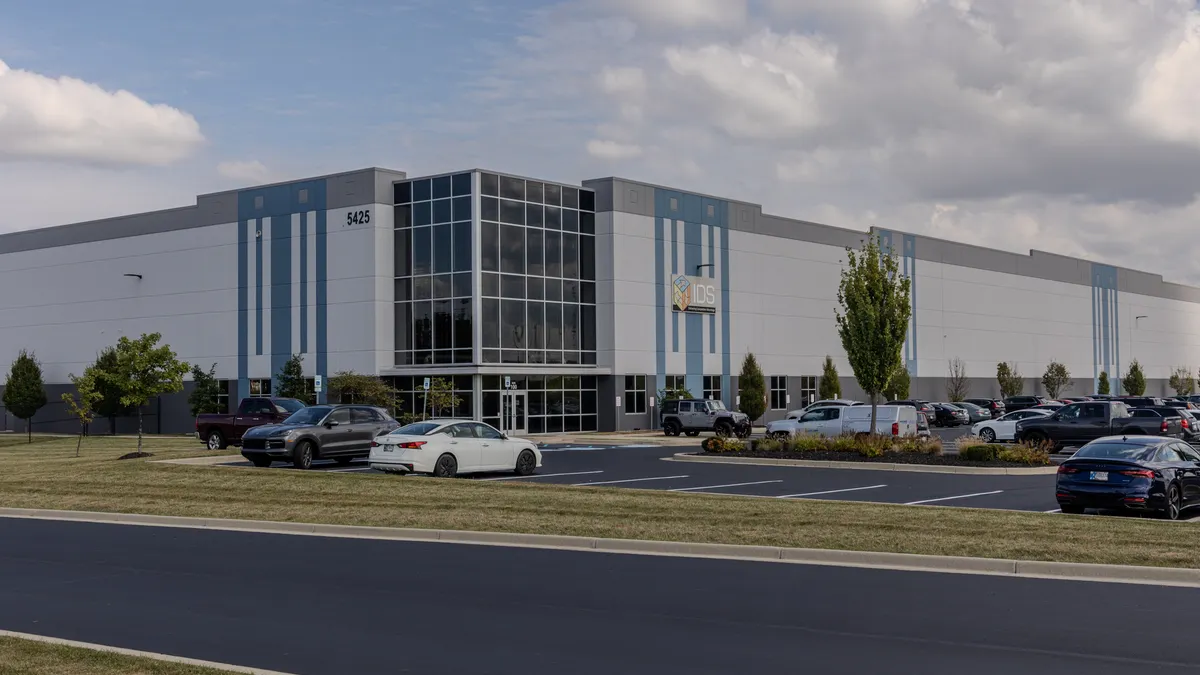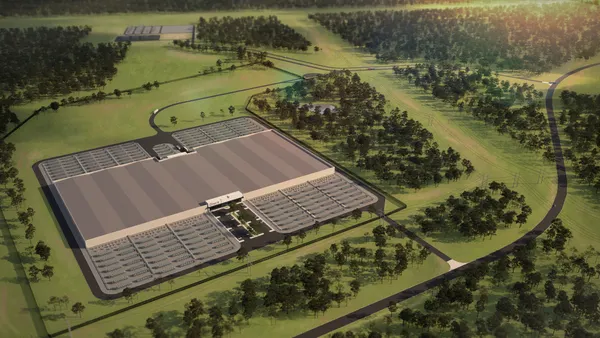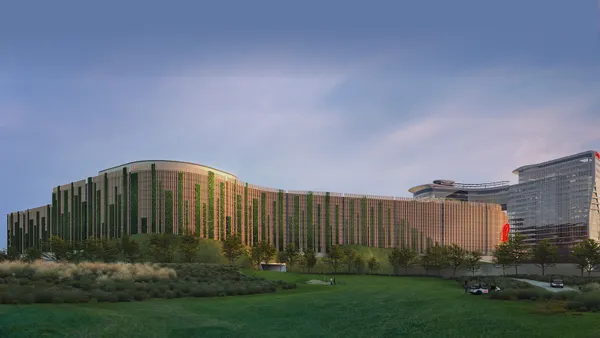Dive Brief:
- Demand for U.S. industrial real estate space surged in Q3, with net absorption reaching its highest level since Q1 of 2023, according to commercial real estate giant Colliers.
- Net absorption, or the change in occupied space, was 60 million square feet in Q3, an increase of nearly 20 million year over year. Despite the leap in the quarter, year-to-date net absorption is still below what Colliers reported for the same period in 2024.
- Phoenix and Indianapolis led the way among markets seeing a jump in demand in Q3, a trend "driven by strong big-box activity, build-to-suit deliveries, and large user sales," per Colliers.
Phoenix, Indianapolis lead demand spike
Dive Insight:
Climbing demand and a limited pipeline of future supply will aid in vacancies potentially stabilizing in the coming quarters as the industrial real estate market regains momentum, according to Colliers. Vacancy rates landed at 7.4% in Q3, up 72 basis points year over year.
The rise in demand comes as companies become more comfortable making long-term decisions despite tariff-driven uncertainty, Prologis President Dan Letter said in an October earnings call.
The logistics real estate firm is seeing particularly strong demand among e-commerce companies and businesses investing in their supply chains to improve service and manage costs. Dollar Tree and Ahold Delhaize are among the businesses that have recently announced plans for new distribution centers, and New Balance opened a facility in Salt Lake City last month.
"Customers have definitely become more desensitized to the short-term noise as they look at making long-term decisions," Letter said. "It's great to see these well-capitalized large companies leading the way because we typically see the small and medium businesses follow suit here."
As for supply, industrial space under construction shrunk to 270 million square feet in Q3, the lowest level since 2018, per Colliers. However, some markets continue to see upticks in construction, including Dallas-Fort Worth and Houston.
"This shift signals a more balanced development pipeline, with new projects increasingly concentrated in markets demonstrating sustained tenant demand," according to Colliers.















